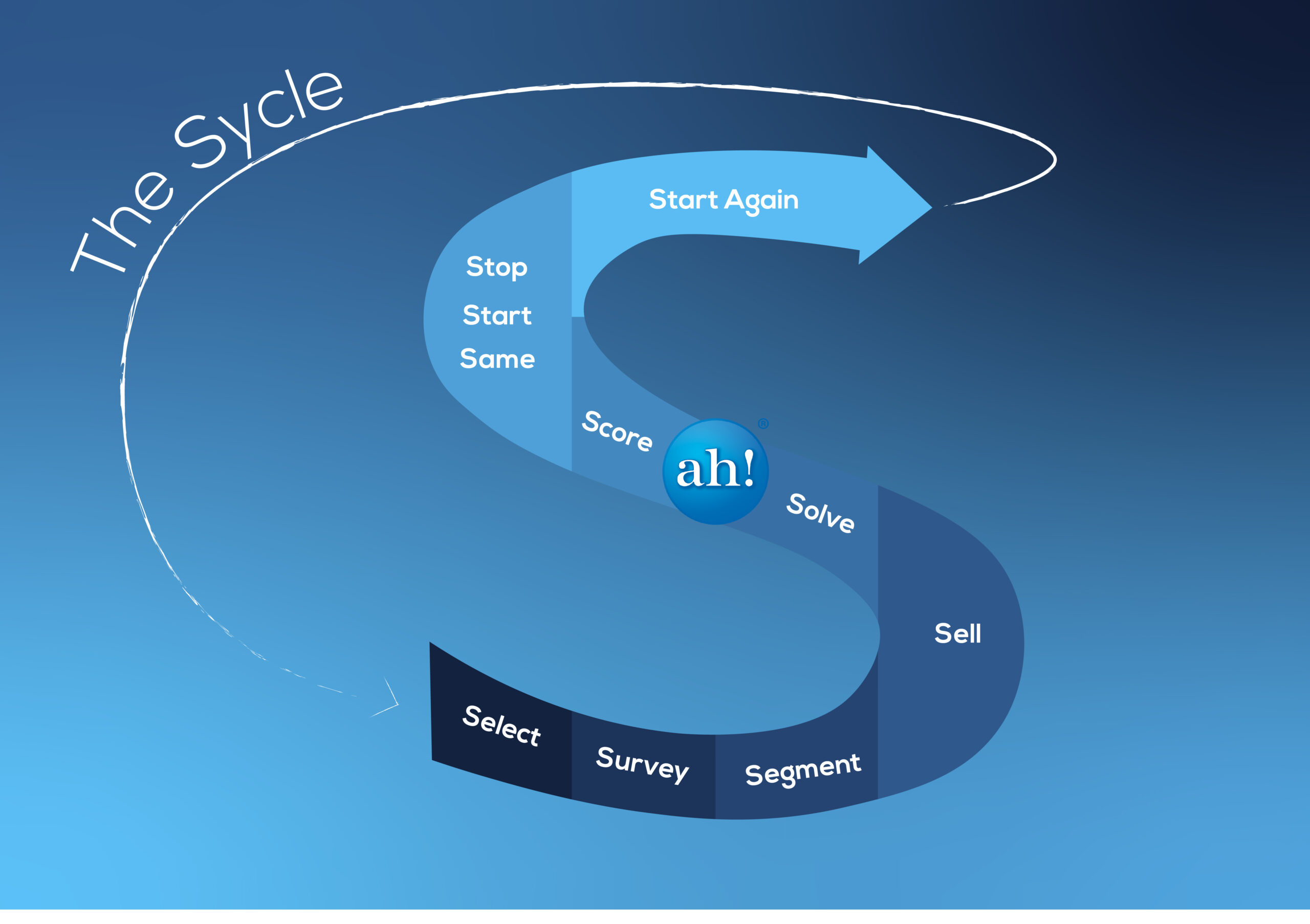The fifth step in the Population Health Sycle (PHS) framework is Solve, where the program works to develop and implement interventions to address the health needs and challenges of the population.
In the Solve step, the program uses the information gathered in the previous steps of the framework, particularly Survey and Segment which should have placed individuals within buckets based on their risk, gaps in care, and needs, to identify the most pressing non-health and health issues within the population and develop targeted interventions to address these issues. The solutions developed should be evidence-based, data-driven, and tailored to the  specific needs of the population.
specific needs of the population.
There are various approaches that healthcare providers can take to solve the health issues of a population. One approach is to use a multi-faceted intervention that addresses various factors that contribute to poor health outcomes. For example, programs can implement interventions that target the social determinants of health, such as access to healthy food options or affordable housing, in addition to addressing individual health behaviors and medical conditions.
Another approach is to use technology-enabled interventions that leverage digital tools to improve health outcomes. For example, the use of mobile health (mHealth) interventions, such as apps or text message reminders, to improve medication adherence or promote healthy behaviors. Digital health interventions can also be used to remotely monitor patients with chronic conditions, such as diabetes or hypertension, to improve disease management and prevent complications.
Some key area we see that often leads to suboptimal results or a failure of the program are:
- A highly rigid program and schedule of interventions. For example, programs may use quarterly phone calls for those in the lower-risk bucket, or monthly for high-risk persons, or ignore the low-risk altogether. Each individual is unique as are their circumstances. Providing care managers with some flexibility can improve outcomes. Many of these interventions can now also be handled with technology, allowing for more frequent, effective, and efficient programs.
- Not providing enough resources. Program staffing ratios are often way too low relative to the population. These programs again will not achieve the desired results to move the population as a whole.
- Not addressing the SDoH needs along with or before the health and healthcare needs. As I said in a previous slide

In addition to developing interventions, healthcare providers must also ensure that these interventions are evidence-based/evidence-informed or likely to achieve the change required to achieve the desired outcomes. This requires ongoing monitoring and evaluation of the interventions, with adjustments made as necessary to improve effectiveness.
The use of robust platforms that provides real-time data and analytics on population health outcomes are also important components that can lead to more frequent and rapid reassessments and care plan modification(s). These platforms also allow the program to track progress over time and identify areas where interventions may need to be modified or expanded to achieve the desired outcomes, as we will discuss in the Score and Start/Stop/Same Steps.
It is important to note that the Solve step of the PHS framework is an ongoing process that requires continuous monitoring, evaluation, and adjustment of interventions. Programs must also prioritize sustainability, particularly in regards to staffing and frequency of their interventions to ensure that they can be maintained over time and have a lasting impact on population health.
In conclusion, the Solve step of the PHS framework is a critical step in improving population health outcomes. By developing evidence-based, data-driven interventions tailored to the specific needs of the population and continuously monitoring and evaluating the effectiveness of these interventions, population health programs can improve the health and well-being of populations. Additionally, using technology-enabled interventions and population health management platforms can enhance the effectiveness and sustainability of interventions, leading to long-term improvements in population health outcomes.
So whether you’re looking for assistance developing population health management programs, or improving one you already have contact us or call us at 904*613*1224.
The Population Health Sycle(TM) – Developing Population Health Management Programs – SELECT – Step 1
The Population Health Sycle(TM) – SURVEY your Population – Step 2
The Population Health Sycle (TM)- SEGMENT your Population – Step 3
The Population Health Sycle (TM) – SELL – Step 4
The Population Health Sycle (TM) – SOLVE – Step 5
The Population Health Sycle (TM) – SCORE – Step 6
The Population Health Sycle (TM) – START/STOP/SAME – Step 7

